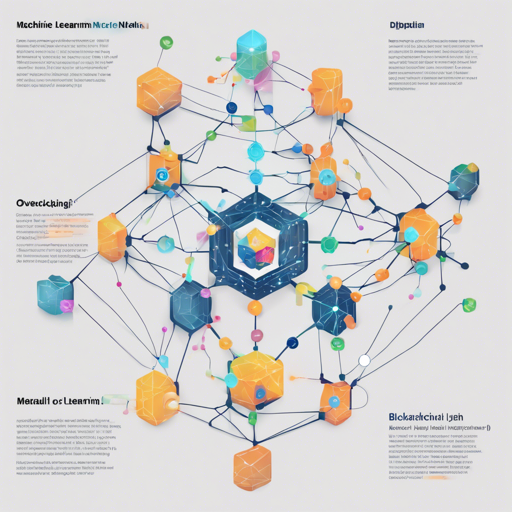Welcome to the exciting world of OPtimistic Machine Learning on Blockchain! This powerful combination allows you to leverage off-chain AI model inference while securely implementing an interactive dispute engine on-chain. In this blog, we’ll guide you step-by-step on how to get started with OPML, perfect for AI enthusiasts and blockchain techies alike.
Prerequisites
Before diving into the implementation, ensure you have the following tools installed:
- Go: Version 1.19
- Node.js: Required for managing dependencies
- Make: For building executables
- CMake: A tool for managing the build process
Setting Up OPML
To get started with OPML, follow these steps:
- Clone the repository:
- Navigate to the project directory and build the project:
git clone git@github.com:hyperoracle/opml.git --recursivemake buildRunning Examples
Now that you’ve set up OPML, it’s time to run an example. One of the simplest scenarios is using a DNN model for handwritten digit recognition (MNIST). Here’s how to do it:
- Start a local node:
- Run the demo challenge script:
npx hardhat nodebash ./demochallenge_simple.shUnderstanding the Code
Let’s break down the components of OPML using a fun analogy. Imagine you are a chef preparing a delightful meal (your AI model) in a bustling restaurant (the blockchain environment). In this scenario:
- Off-chain AI Model Inference: The kitchen where you prepare your meal. It is essential to make complex calculations and preparations away from the public eye (on-chain).
- On-chain Interactive Dispute Engine: The dining area where customers (users) taste your meal. Here, they can provide feedback, ensuring quality and satisfaction; if something goes wrong, it’s easy to resolve disputes amicably.
- Fault Proofs: A quality assurance team that checks if the meals have been prepared correctly. If not, they can initiate questioning and corrections.
Troubleshooting
If you encounter issues during installation or execution, here are some troubleshooting tips:
- Ensure all dependencies are correctly installed.
- Check your Node.js version; make sure it’s compatible with the project.
- Review any syntax errors in your bash commands. Typos can lead to confusion.
For more insights, updates, or to collaborate on AI development projects, stay connected with fxis.ai.
Conclusion
OPML brings a revolutionary shift to the AI and blockchain combination, equipped with fault proofs and an interactive system. Together, we can explore how AI can thrive in a secure and efficient environment. At fxis.ai, we believe that such advancements are crucial for the future of AI, as they enable more comprehensive and effective solutions. Our team is continually exploring new methodologies to push the envelope in artificial intelligence, ensuring that our clients benefit from the latest technological innovations.

